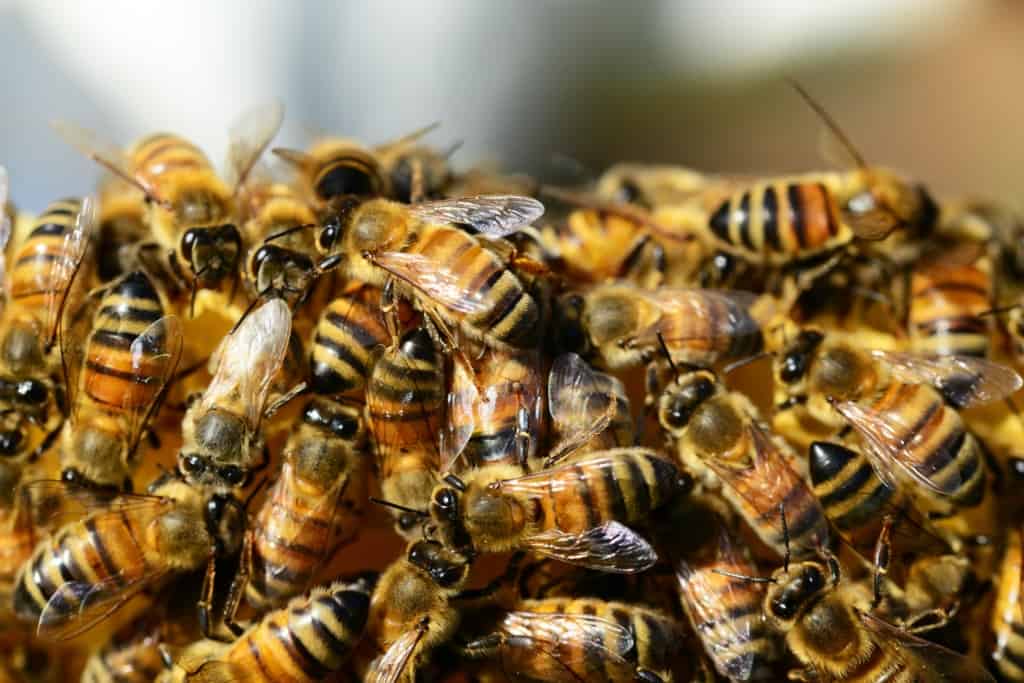Bees and their natural enemies
What are bees worst enemies?
Birds
Some species of birds, such as crows, magpies, and starlings, are known to raid beehives and steal honey and bees.
Birds can be a major threat to honeybee colonies, especially those that are known to raid beehives and steal honey and bees. Some of the most common bird species that raid beehives include crows, magpies, and starlings. These birds are opportunistic feeders and will take advantage of any easy food source they come across, including honeybees and their hives.

Crows are known to raid beehives in search of honey and bees. They are highly intelligent birds and have been observed using tools, such as sticks, to pry open hives and access the honey inside. They can cause significant damage to the hives and steal large amounts of honey, leaving the bees without enough food to survive. Crows are also known to steal and eat bees, further weakening the colony.

Magpies are another bird species that can cause problems for honeybee colonies. They have a strong beaks and can easily break into hives to steal honey and bees. Magpies are also known to eat the eggs and larvae of bees, further reducing the colony’s population.
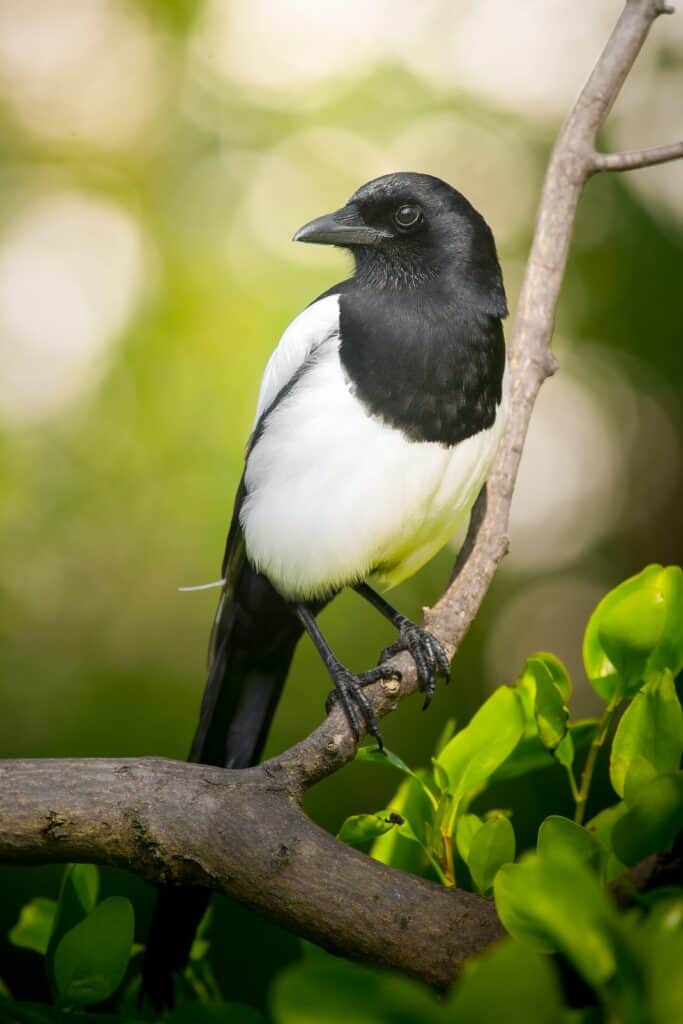
Starlings are a non-native species in North America and Europe, but they are known to raid beehives for honey and bees. They have a strong beak and can easily break into hives and cause damage to the comb. Starlings are also known to eat the eggs and larvae of bees, further reducing the colony’s population.
These birds can cause significant damage to honeybee colonies, making it difficult for the bees to survive and thrive. Beekeepers must be vigilant in monitoring these birds and implementing control measures to protect their colonies.
One of the most effective ways to protect beehives from birds is to use physical barriers such as bird netting or chicken wire. These barriers can be placed around the hives to prevent birds from accessing the hives. Another technique that beekeepers use is to paint their hives with bright colours or reflective surfaces, which can deter birds from approaching the hives.
Another method that beekeepers use to protect their hives from bird attacks is to place the hives in a location that is less accessible to birds. This can include placing hives in a wooded area or on a tall platform, where birds are less likely to be able to access the hives.
In addition, beekeepers may use decoys such as plastic owls or other predators to keep birds away from the hives. Some beekeepers also use noise-making devices such as alarm calls or loud music to scare off birds that approach the hives.

In conclusion, birds can be a major threat to honeybee colonies, especially those that are known to raid beehives and steal honey and bees. Beekeepers must be vigilant in monitoring these birds and implementing control measures to protect their colonies, such as using physical barriers, painting hives, placing hives in less accessible locations, and using decoys, and noise-making devices. By implementing these measures, beekeepers can help to protect their colonies from bird attacks and ensure the survival and thriving of their bees.
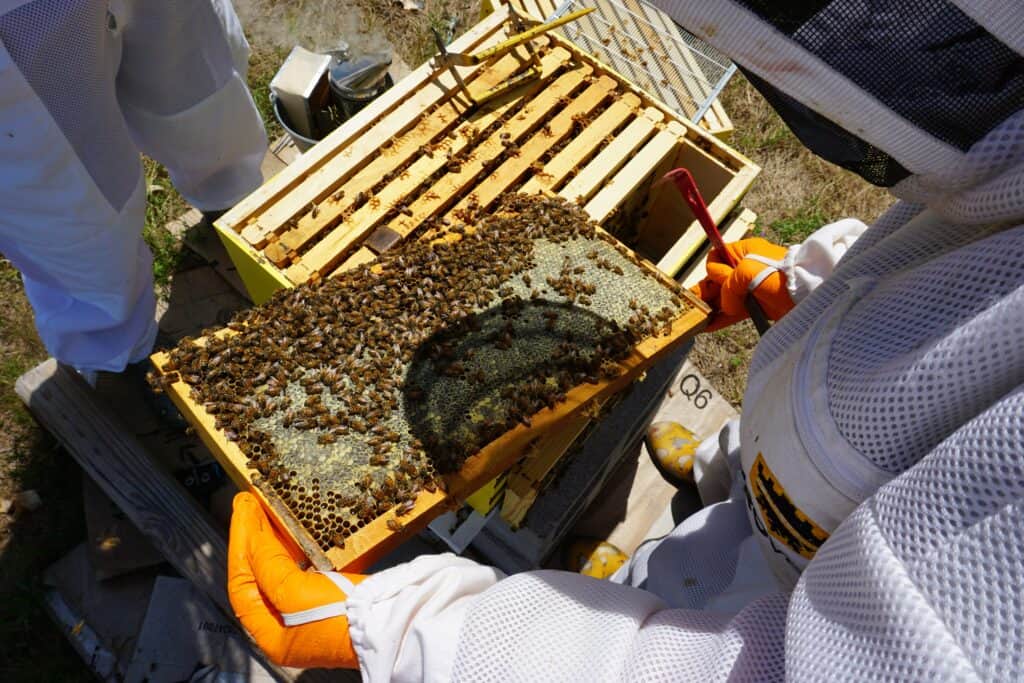
Wasps and Ants
Wasps, especially yellow jackets and hornets, are known to raid beehives and steal honey, but also to attack and kill bees.
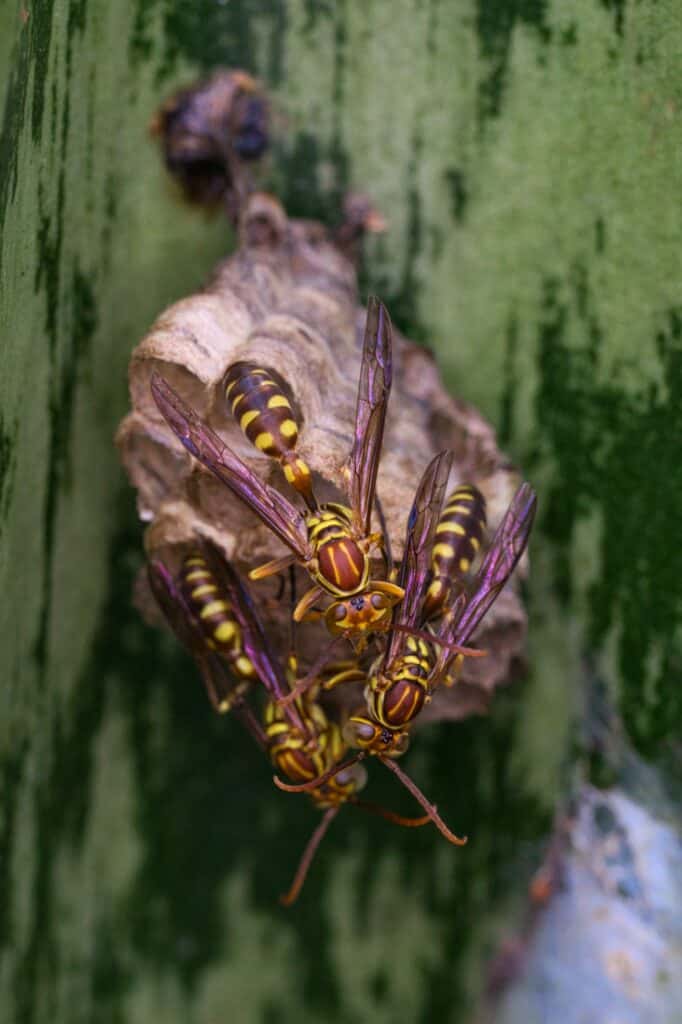
Wasps, especially yellow jackets and hornets, can be a major threat to honeybee colonies. These insects are known to raid beehives in search of honey and can cause significant damage to the hives and steal large amounts of honey, leaving the bees without enough food to survive. Wasps are also known to attack and kill bees, further weakening the colony.
Yellow jackets and hornets are both types of social wasps that live in organized colonies. They are known to be aggressive and will defend their colonies if they feel threatened. This aggression can extend to honeybee colonies, especially if the wasps perceive the bees as a threat or competition for food.
During the late summer and fall, yellow jackets and hornet colonies are running low on food and they will start to raid beehives to gather honey and protein-rich bee larvae. They can cause significant damage to the hives, and the bees will be forced to abandon their home. In addition to the physical damage, yellow jackets and hornets can also transmit diseases to the bees.
The bees will defend their hives by forming a “bee ball” around the attacking wasp, effectively trapping the wasp and causing it to overheat and die. However, this defence tactic can also lead to the death of many bees, further weakening the colony.
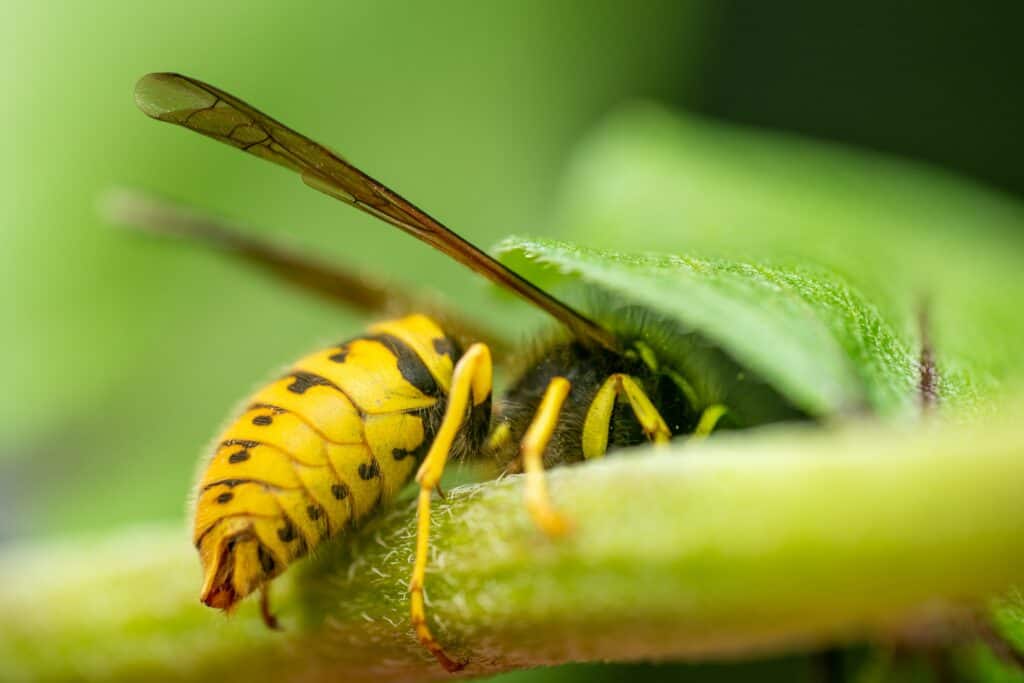
To protect their colonies from wasp attacks, beekeepers can implement several control measures. One of the most effective ways to protect beehives from wasps is to use physical barriers such as screens or mesh covers. These barriers can be placed around the hives to prevent wasps from accessing the hives. Another technique that beekeepers use is to paint their hives with bright colours or reflective surfaces, which can deter wasps from approaching the hives.
Another method that beekeepers use to protect their hives from wasp attacks is
to place the hives in a location that is less accessible to wasps. This can include placing hives in a wooded area or in an enclosed area, such as a shed or greenhouse. This can help to reduce the risk of wasp attacks by making it more difficult for the wasps to locate the hives.
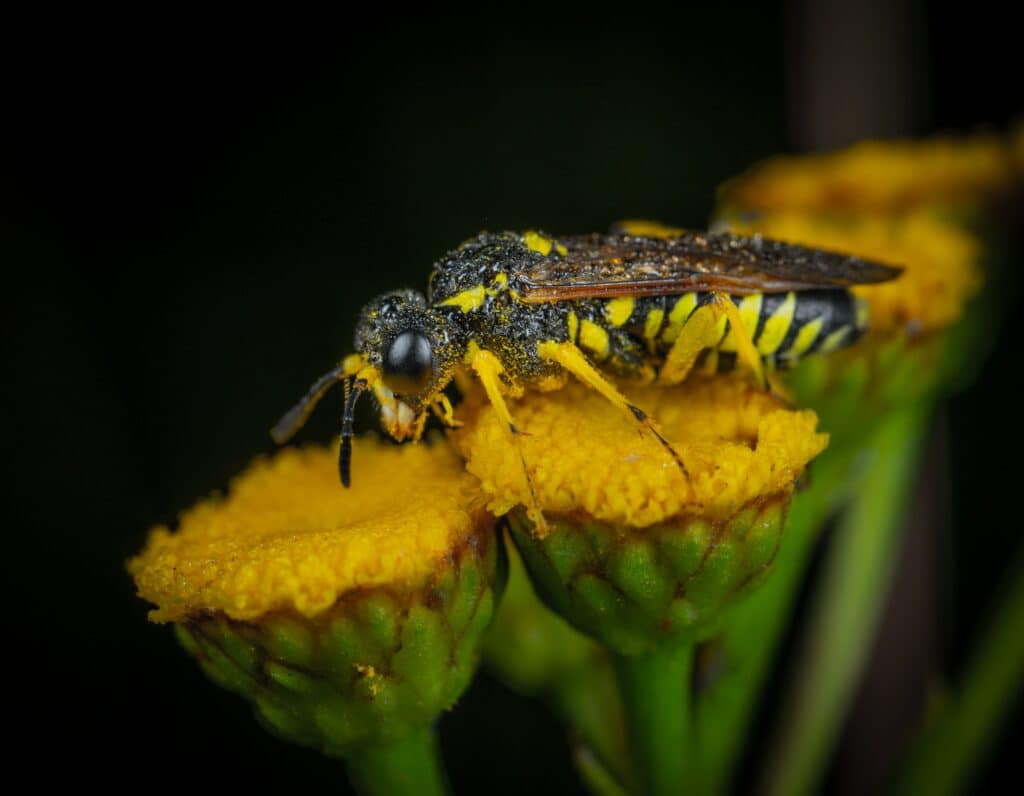
Additionally, beekeepers may use traps specifically designed to attract and trap yellow jackets and hornets. These traps can be baited with sweet or protein-rich baits and can be placed near the hives to lure the wasps away.
Another approach is using repellents with natural ingredients such as mint, citronella, and eucalyptus oil to keep wasps away.
In addition, beekeepers may also consider using pesticides as a last resort to control wasp populations. However, it is important to use pesticides responsibly and only as directed, as they can also harm beneficial insects and the environment.
In conclusion, wasps, especially yellow jackets and hornets, can be a major threat to honeybee colonies. They raid the hives, steal honey, and attack and kill bees. Beekeepers must be vigilant in monitoring these wasps and implementing control measures to protect their colonies, such as using physical barriers, painting hives, placing hives in less accessible locations, and using traps, repellents, and pesticides as a last resort. By implementing these measures, beekeepers can help to protect their colonies from wasp attacks and ensure the survival and thriving of their bees.
Ants
Ants can be dangerous to bees in a few ways. One of the main ways is through robbing. Ants are opportunistic feeders and will take advantage of any food source they can find, including honey in beehives. They can climb into a hive and steal the honey, weakening the colony and leaving the bees without enough resources to survive.
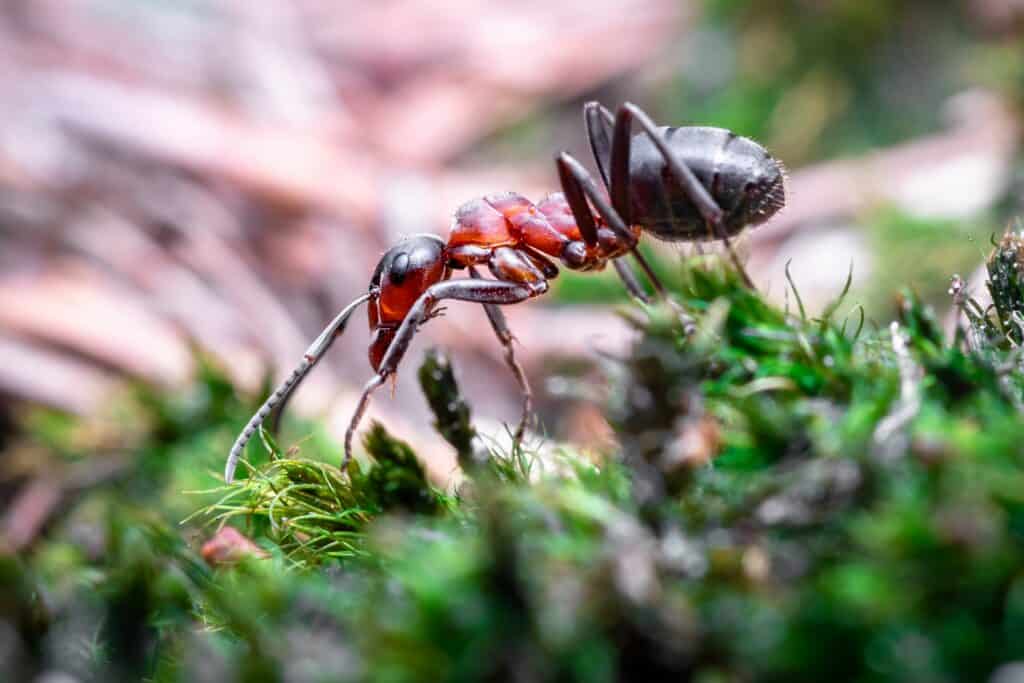
Another way ants can be harmful to bees is by attacking the colony. Some species of ants, such as Argentine ants, are known to raid and kill bees, destroying the colony and leaving the bees without protection. They can also attack the developing bee larvae, causing significant damage to the colony’s population.
Ants can also act as carriers of diseases that can infect bees, by transporting pathogens from one colony to another. This can lead to the spread of diseases such as Nosema, and can further weaken the colony.
Are Bees, Ants and Wasps related?
First of all, we need to understand where bees came from.
Bees have their origins in the ancient predatory wasps that existed 120 million years ago. These wasps, much like bees, constructed and protected their homes, and procured sustenance for their progeny. However, while bees primarily subsist on nectar and pollen, their wasp predecessors were carnivorous. They would paralyze other insects with their venomous sting and bring them to the nest to nourish their offspring.

Bees, ants, and wasps are all members of the insect order Hymenoptera. However, they belong to different families within the order and have distinct characteristics and behaviours.
Bees are members of the family Apidae, and are known for their ability to collect nectar and pollen, and for their role in pollination. They are typically fuzzy and have a distinctive shape, with a large thorax and a slender waist.
Ants are members of the family Formicidae, and are known for their social behaviour, with colonies that are organized into hierarchical societies. They have a distinct shape, with a narrow waist and a bulbous thorax and abdomen.
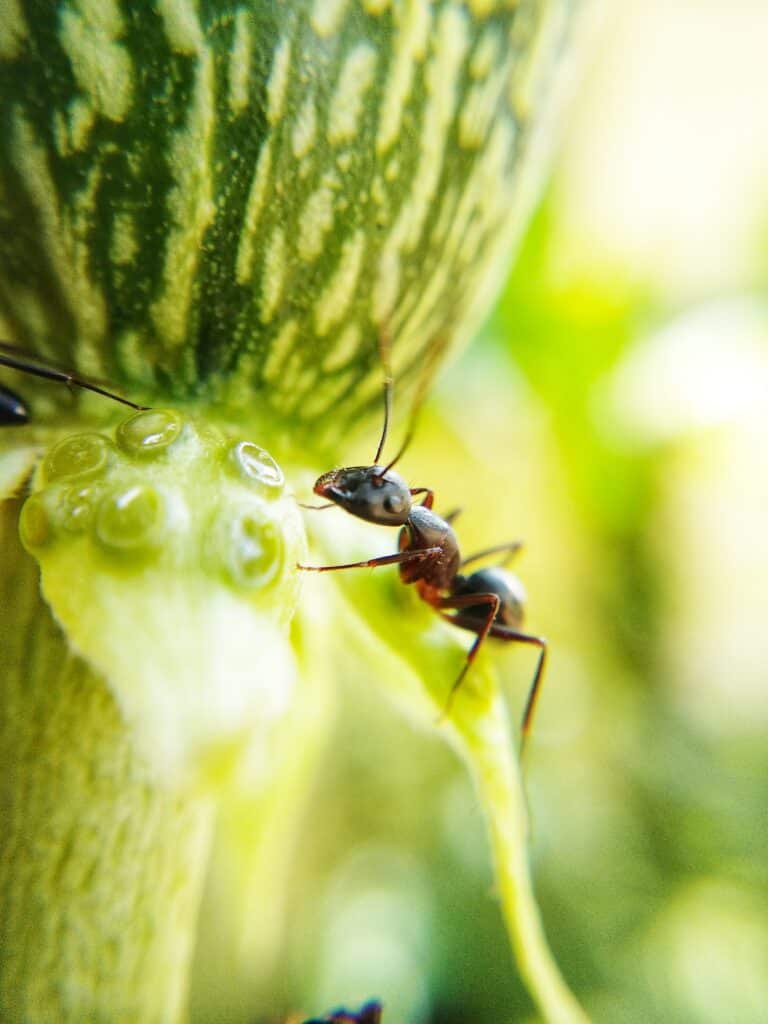
Wasps belong to different families, such as Vespidae and Sphecidae, and are generally more slender and smooth-bodied than bees, with a narrow waist and a more elongated thorax and abdomen. They are known for their ability to sting and for their aggressive behaviour.
In summary, bees, ants and wasps are related in the sense that they belong to the same order of insects, but they belong to different families and have different characteristics and behaviours.
Crab Spiders
Crab spiders, also known as Thomisidae, are known for their indiscriminate predation habits. These versatile predators are known to consume a wide variety of insects, including bees, flies, beetles, moths, and butterflies. Once their prey is within reach, the spider lunges forward and attacks, injecting a paralytic chemical to subdue its victim.
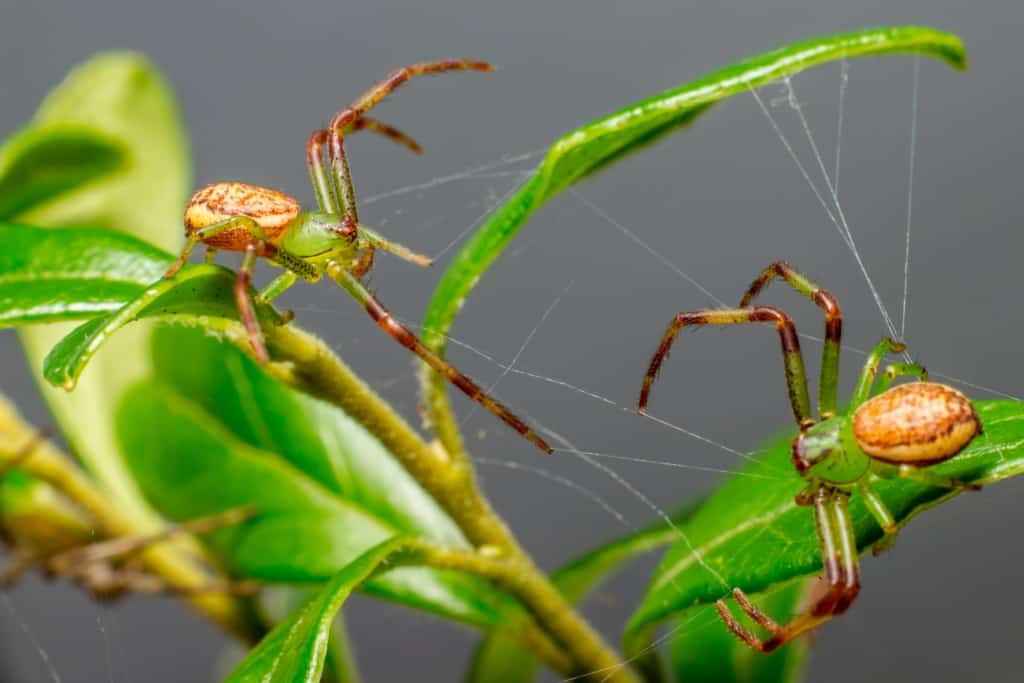
Crab spiders are known for their ability to camouflage themselves among flowers by changing colour. This behaviour is particularly evident in spiders of the genus Misumena, which are known for their proficiency as ambush predators. They use this ability to stalk their victims, remaining undetected until the perfect opportunity presents itself. These are insects that eat bees.
The precise method by which crab spiders select their vantage points remains unclear. However, it is observed that they are attracted to brightly coloured fabrics, such as jackets, bandannas, and sweatshirts, often waving their appendages when disturbed. It is important to note that while crab spiders may bite humans, their venomous fangs are typically too small to penetrate human skin.
Wax Months
Wax moths, scientifically known as Galleria mellonella, are insects that can cause significant damage to bee colonies. They are known to lay their eggs in beehives, and the resulting larvae feed on beeswax, pollen, and honey. This can weaken the structure of the hive and leave the colony without enough resources to survive.
Wax moths are particularly dangerous to weak or unmaintained colonies, as the insects can quickly multiply and take over. They can also spread disease to the bees, further weakening the colony.
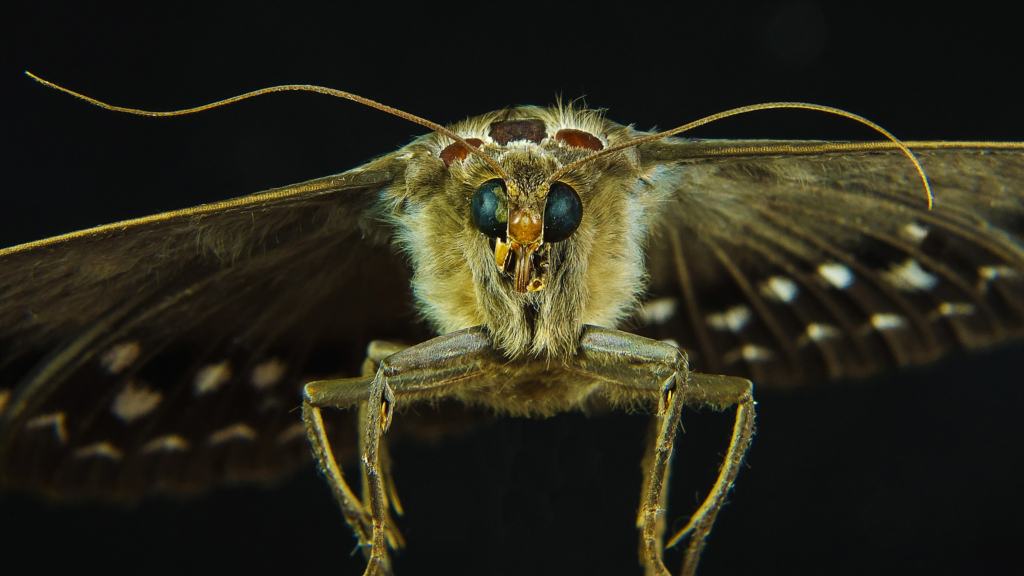
It’s important for beekeepers to regularly inspect their hives for signs of wax moth infestation, such as webbing, holes in the comb, and an abundance of adult wax moths. Preventative measures such as regular hive maintenance, removing old comb, and freezing comb can also help to reduce the risk of infestation. In case of heavy infestation, fumigation or freezing of the entire hive may be necessary.
Beatles
As a beekeeper, it’s important to be aware of the potential dangers that beetles can pose to your honey bee colonies. Species such as small hive beetles (Aethina tumida) can infest and damage hives, causing significant harm to the colony.
Small hive beetles lay their eggs in the hive, and the resulting larvae feed on beeswax, pollen, and honey, weakening the structure of the hive and leaving the colony without enough resources to survive.
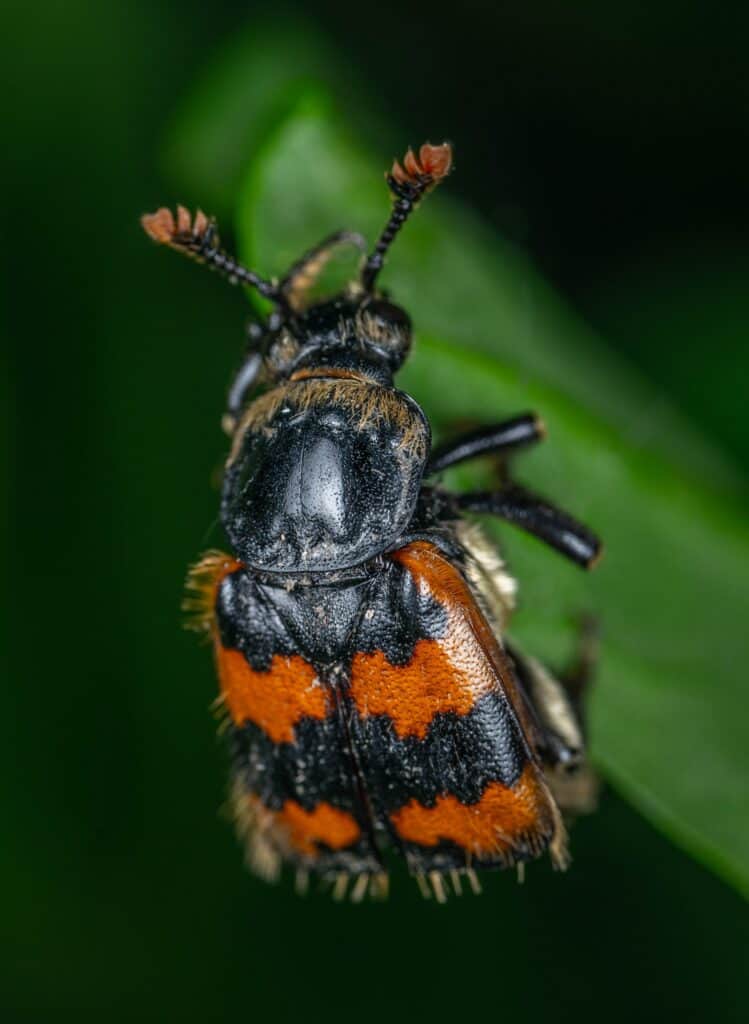
Not only can these infestations weaken and damage hives, but they can also lead to the spread of disease, further weakening the colony. To prevent such infestations, it’s crucial for beekeepers to regularly inspect their hives for signs of beetle infestation, such as adult beetles, larvae, or damage to the comb. Implementing preventative measures such as regular hive maintenance, removing old comb, and freezing comb can also help to reduce the risk of infestation. In severe cases, fumigation or freezing the entire hive may be necessary to protect your colony.
Carnivores
like bears, raccoons and skunks are known to raid beehives and eat the bees, honey and pollen.
Carnivores, such as bears, raccoons, and skunks, can be a major threat to honeybee colonies. These animals are known to raid beehives in search of food and can cause significant damage to the hives and steal large amounts of honey, pollen, and bees. This can make it difficult for the bees to survive and thrive and can lead to the loss of entire colonies.
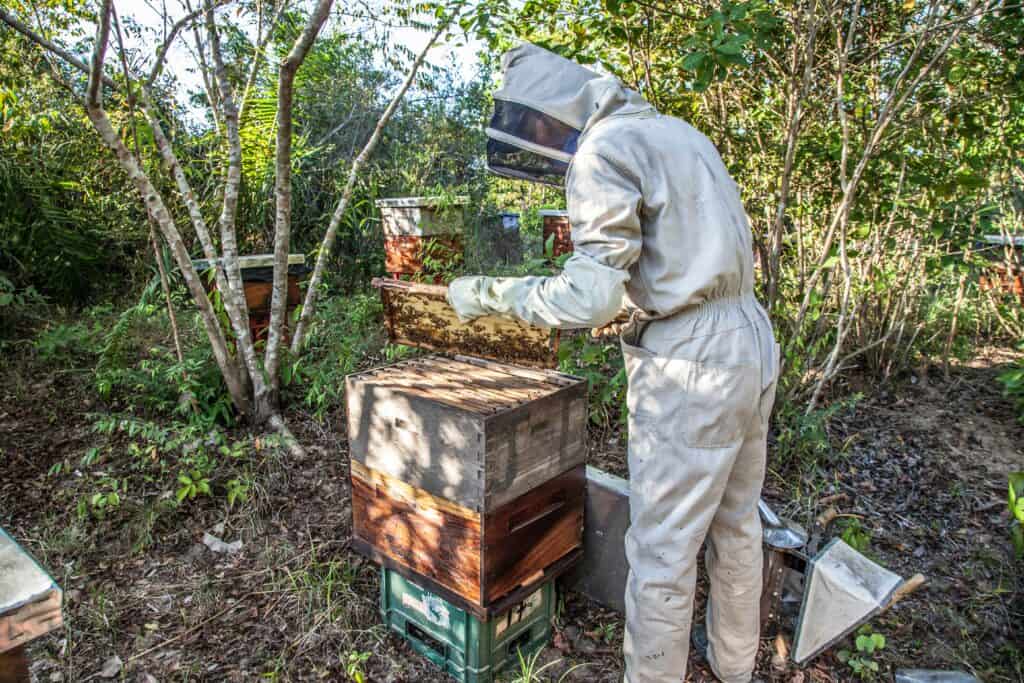
Bears are known to raid beehives for honey and can cause significant damage to the hives in the process. They are strong animals that can easily break into hives and can eat large amounts of honey and bees in a single visit. Bear attacks on beehives can occur during the summer when bears are searching for food before hibernation.
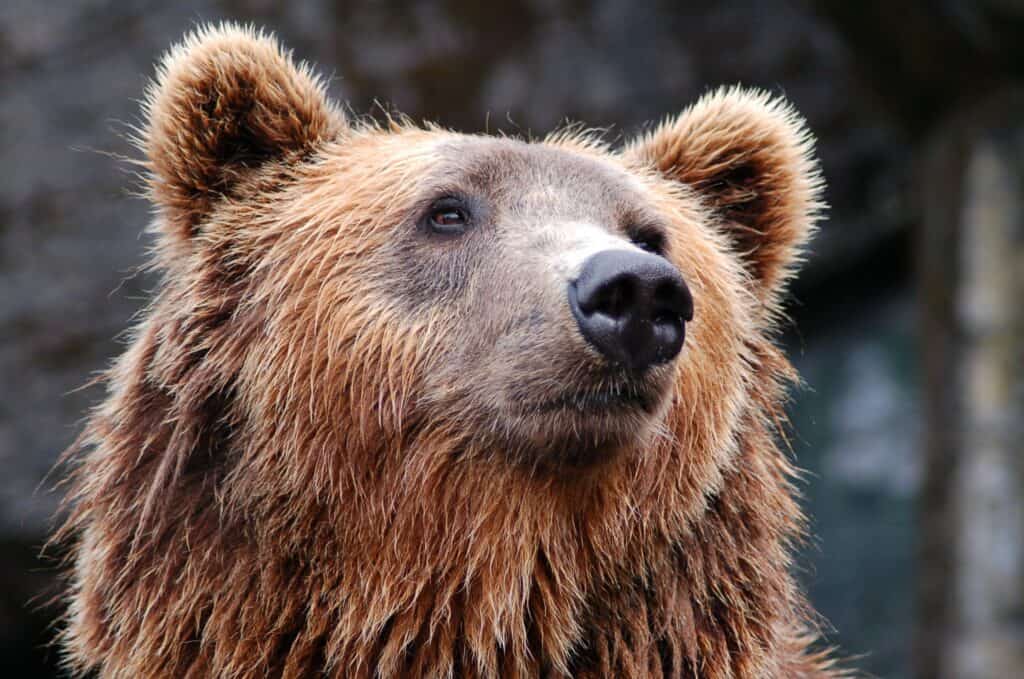
Raccoons are also known to raid beehives for honey and pollen. They are opportunistic feeders and will take advantage of any easy food source they come across, including honeybees and their hives. Raccoons have nimble fingers and can easily pry open hives, and can eat large amounts of honey and bees in a single visit.
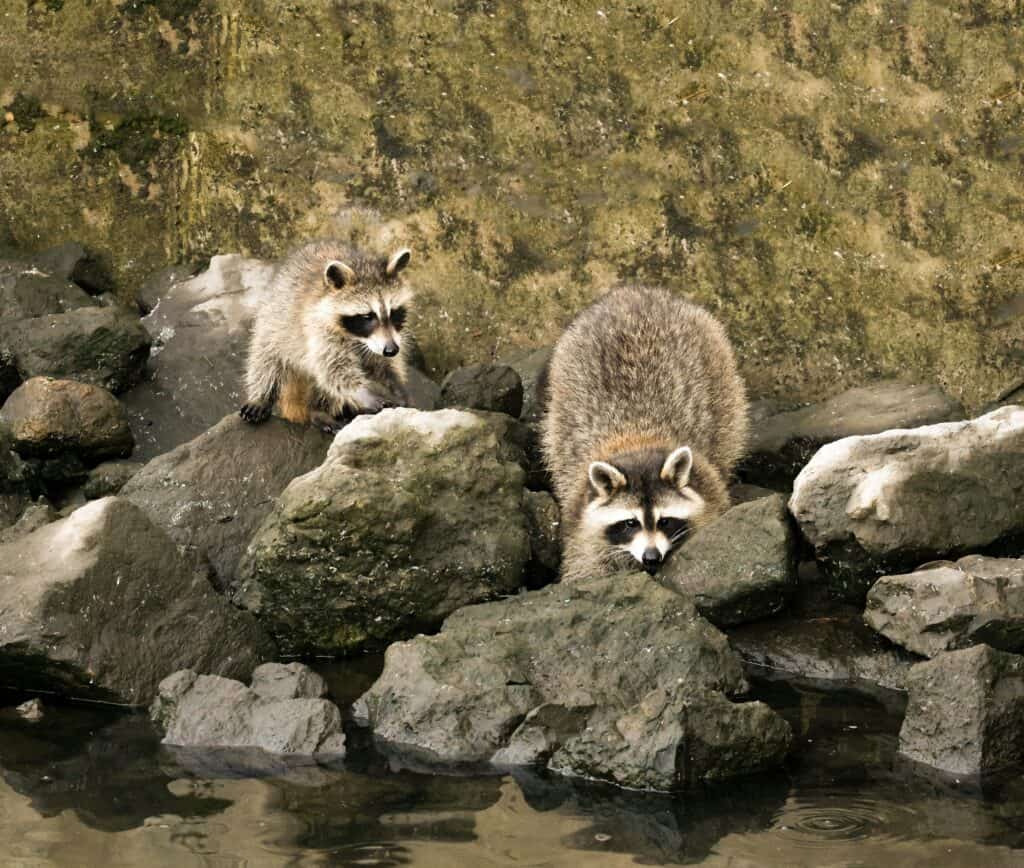
Skunks are known to raid beehives for honey and bees. They are nocturnal animals and are usually active at night, which makes it difficult for beekeepers to protect their hives. Skunks can cause significant damage to the hives and can eat large amounts of honey and bees in a single visit.
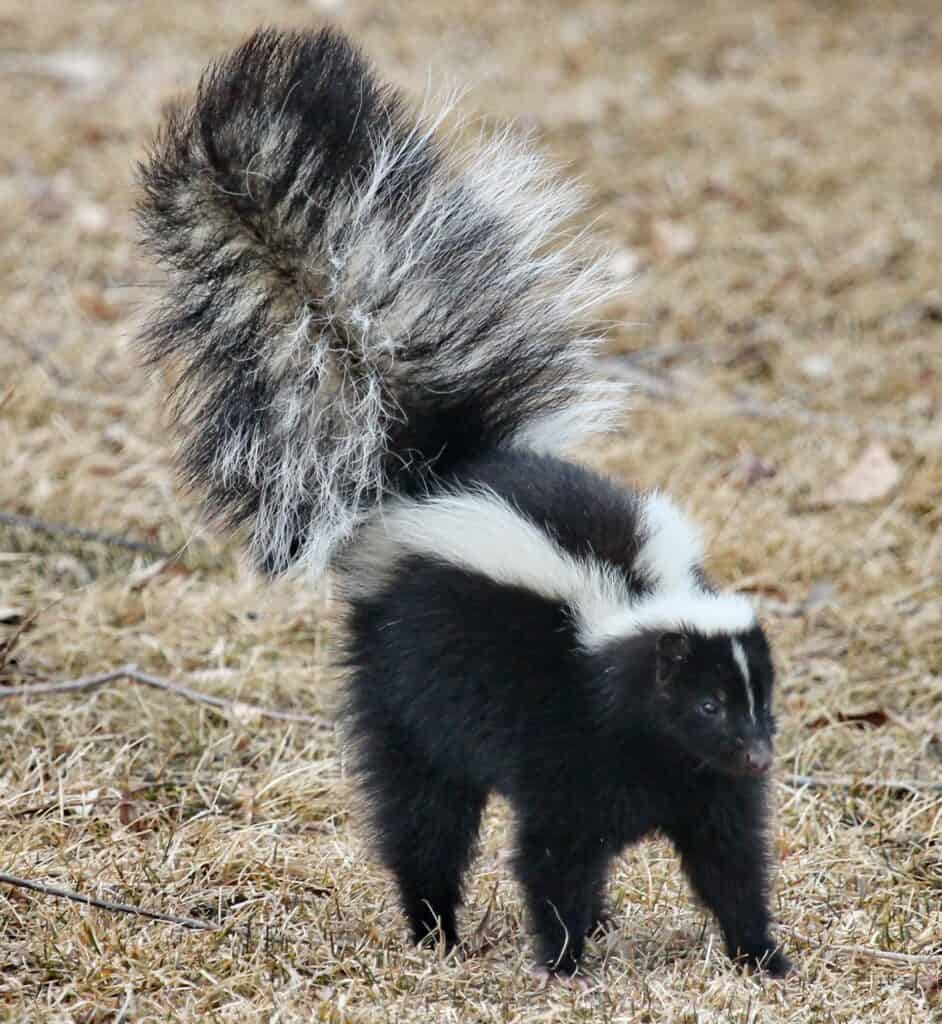
These animals can cause significant damage to honeybee colonies, making it difficult for the bees to survive and thrive. Beekeepers must be vigilant in monitoring these animals and implementing control measures to protect their colonies.
One of the most effective ways to protect beehives from rodents is to use physical barriers such as wire mesh or electric fencing. These barriers can be placed around the hives to prevent animals from accessing the hives. Another technique that beekeepers use is to use repellent scents like human hair, blood meal, or predator urine. These scents can deter animals from approaching the hives.
Another method that beekeepers use to protect their hives from rodent attacks is to place the hives in a location that is less accessible to rodents. This can include placing hives on an elevated platform or in a location that is difficult for rodents to reach, such as on a tall tree.
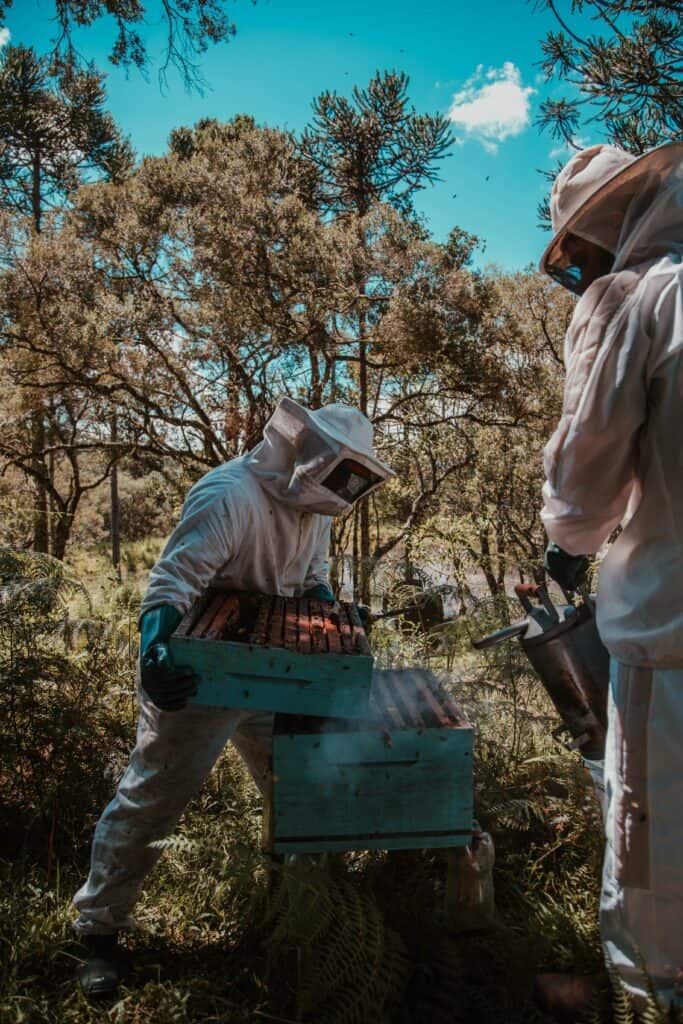
In addition, beekeepers may use traps to capture and remove rodents that are raiding their hives. These traps can be baited with food, such as honey or peanut butter, and can be placed near the hives to lure the animals away.
In conclusion, bears, raccoons, and skunks are known to raid beehives and eat bees, honey, and pollen. These animals can cause significant damage to honeybee colonies, making it difficult for the bees to survive and thrive. Beekeepers must be vigilant in monitoring for these animals and implementing control measures to protect their colonies such as using physical barriers, and repellent scents, placing hives in less accessible locations and using traps to capture and remove rodents. By implementing these measures, beekeepers can help to protect their colonies from rodent attacks and ensure the survival and thriving of their bees.
Weather
Extreme weather conditions, such as prolonged cold or heat, can be harmful to bees and their hives.
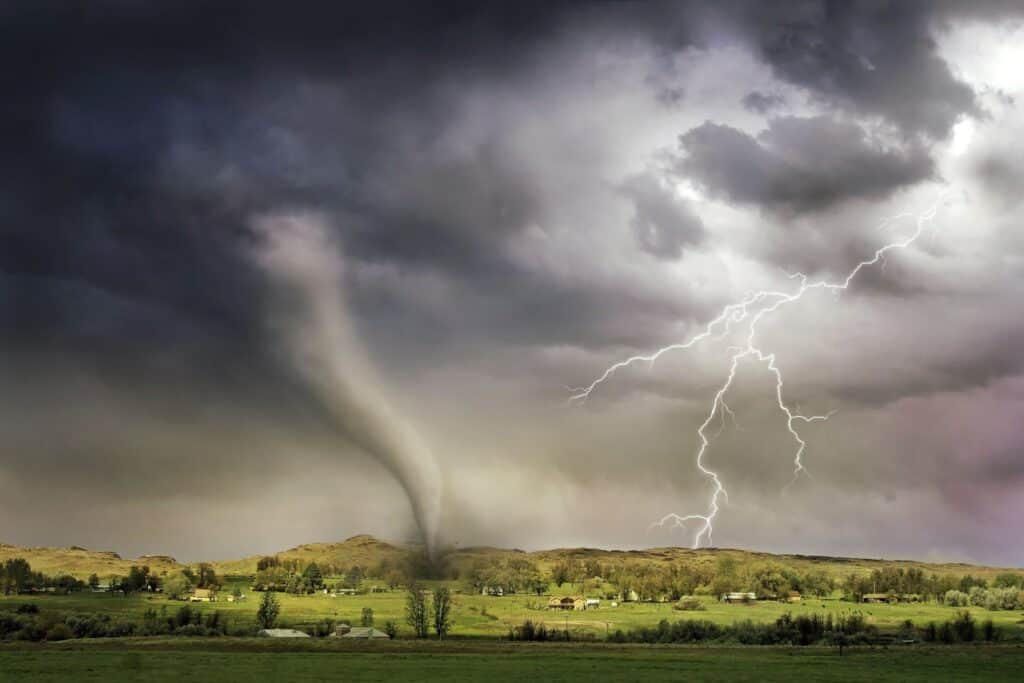
Weather, specifically extreme conditions such as prolonged cold or heat, can have a significant impact on the health and survival of honeybee colonies. Bees are adapted to a specific range of temperatures and weather conditions, and prolonged exposure to extreme temperatures can harm them and their hives.
Prolonged cold weather can be particularly harmful to bees. Bees are able to survive cold temperatures by huddling together and creating warmth, but the prolonged cold can make it difficult for them to access food and can cause their stored honey to freeze, making it unusable. Furthermore, prolonged colds can make bees more susceptible to diseases and parasites, further weakening the colony.

On the other hand, prolonged heat can also be detrimental to bee colonies. High temperatures can cause bees to become dehydrated and can make it more difficult for them to access food. Additionally, high temperatures can cause the wax in the hives to soften, making it easier for pests and predators to access the hive and steal honey and bees.
Extreme weather conditions, such as heavy rains, strong winds, and hailstorms, can also be harmful to bees and their hives. Heavy rains can flood the hives, making it difficult for the bees to access the entrance and forage for food. Strong winds can damage the hives and make it more difficult for bees to fly, while hailstorms can cause physical damage to the hives and the bees themselves.
To protect bees and their hives from the negative effects of extreme weather conditions, beekeepers can implement several control measures. One of the most effective ways to protect beehives from extreme weather is to provide proper ventilation and insulation to the hives. Proper ventilation allows for airflow, which can help to regulate the temperature inside the hive, while insulation can help to keep the hive warm during cold weather.

Another technique that beekeepers use is to place their hives in a location that provides some protection from extreme weather conditions, such as a wooded area or on the leeward side of a hill or building. This can help to shield the hives from strong winds and heavy rains.
In addition, beekeepers can also prepare their hives for extreme weather conditions by making sure they have enough stored honey to last through the winter or hot weather. This will ensure that the bees have access to food even if they are unable to forage during extreme weather conditions.
In conclusion, extreme weather conditions, such as prolonged cold or heat, can be harmful to bees and their hives. Prolonged cold weather can make it difficult for bees to access food, and can cause their stored honey to freeze, making it unusable. Prolonged heat can cause bees to become dehydrated, and can make it more difficult for them to access food. To protect bees and their hives from the negative effects of extreme weather conditions, beekeepers can implement several control measures such as providing proper ventilation and insulation to the hives, placing hives in a location that provides some protection from extreme weather conditions and preparing their hives for extreme weather conditions by making sure they have enough stored honey.

Human activity
Besides the natural enemies of bees, beekeeping practices like pesticide use and habitat destruction also can affect bees negatively.
Human activity can have a significant impact on the health and survival of bee populations. One of the most significant ways that human activity can affect bees is through the use of pesticides and the destruction of their natural habitats.
Pesticides are chemical substances used to control pests in agriculture, forestry, and domestic gardens. However, these chemicals can also harm bees and other beneficial insects. Pesticides can be toxic to bees and can cause a wide range of health problems, from mild symptoms such as disorientation and reduced foraging ability, to more severe symptoms such as death. Additionally, pesticides can also make bees more susceptible to diseases and parasites.
Habitat destruction is another major threat to bees caused by human activity. Bees rely on a diverse range of plants for food and nesting sites. As humans continue to develop and urbanize natural habitats, bees are losing the flowers, trees and other plants they need to survive. This loss of habitat can make it difficult for bees to find food and nesting sites, further exacerbating the negative effects of pesticides and other threats.

Another aspect of human activity that affects bees is the way beekeeping is done. The use of migratory beekeeping, where bees are moved across long distances to pollinate different crops, can spread diseases and parasites among different bee populations. Furthermore, the use of antibiotics and other chemical treatments in beekeeping can also harm bees and contribute to the development of antibiotic-resistant bacteria.
To protect bees from the negative impacts of human activity, there are several steps that can be taken. First, farmers and other land managers can reduce their use of pesticides by switching to more sustainable and bee-friendly farming practices. This includes using integrated pest management, which involves using a combination of methods such as biological controls, crop rotation, and selective breeding to control pests.
Second, efforts should be made to protect and restore natural habitats for bees. This includes planting wildflowers and other plants that provide food and nesting sites for bees, as well as protecting existing habitats from development and urbanization.
Third, beekeepers should adopt sustainable beekeeping practices that minimize the use of chemicals and antibiotics, and avoid the spread of diseases and parasites through migratory beekeeping.
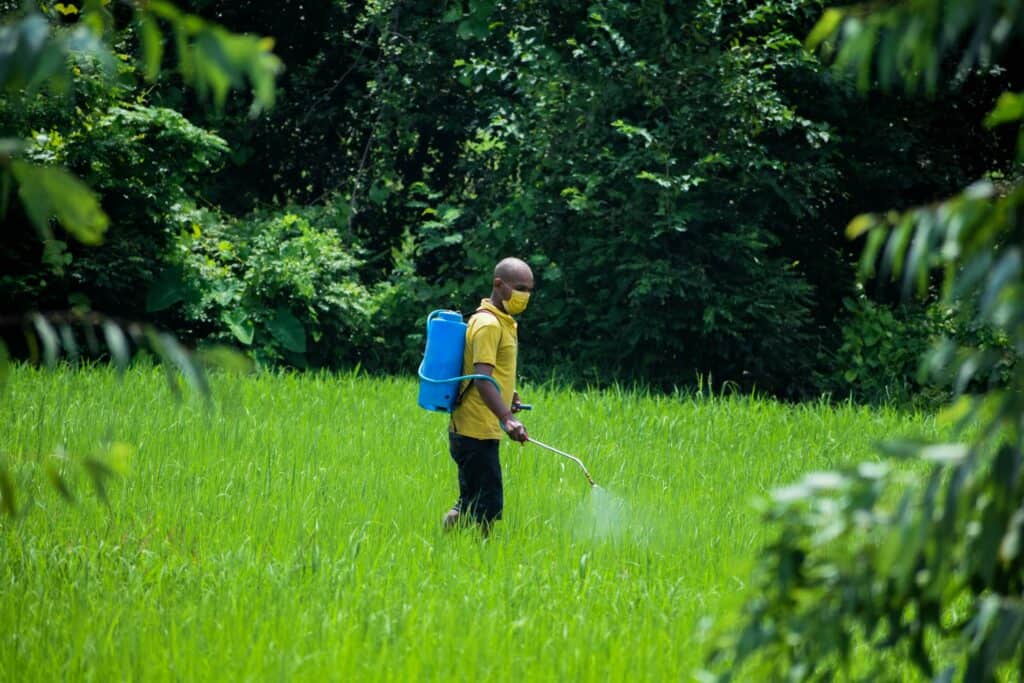
In conclusion, human activity has a significant impact on the health and survival of bee populations. Pesticides and habitat destruction can harm bees and make it difficult for them to survive. To protect bees, farmers and other land managers can reduce the use of pesticides and protect and restore natural habitats. Furthermore, beekeepers should adopt sustainable beekeeping practices that minimize the use of chemicals and antibiotics, and avoid the spread of diseases and parasites through migratory beekeeping.
It’s important to note that bees play a vital role in pollinating plants and are essential to the ecosystem, so it is important to take steps to protect them from natural enemies and human-caused harm.
Parasites and disease: Varroa mites are a common parasite of honeybees, and they can transmit harmful viruses to the bees. Wax moths, small hive beetles and other pests can also infest beehives and cause damage to the bees and their hives.
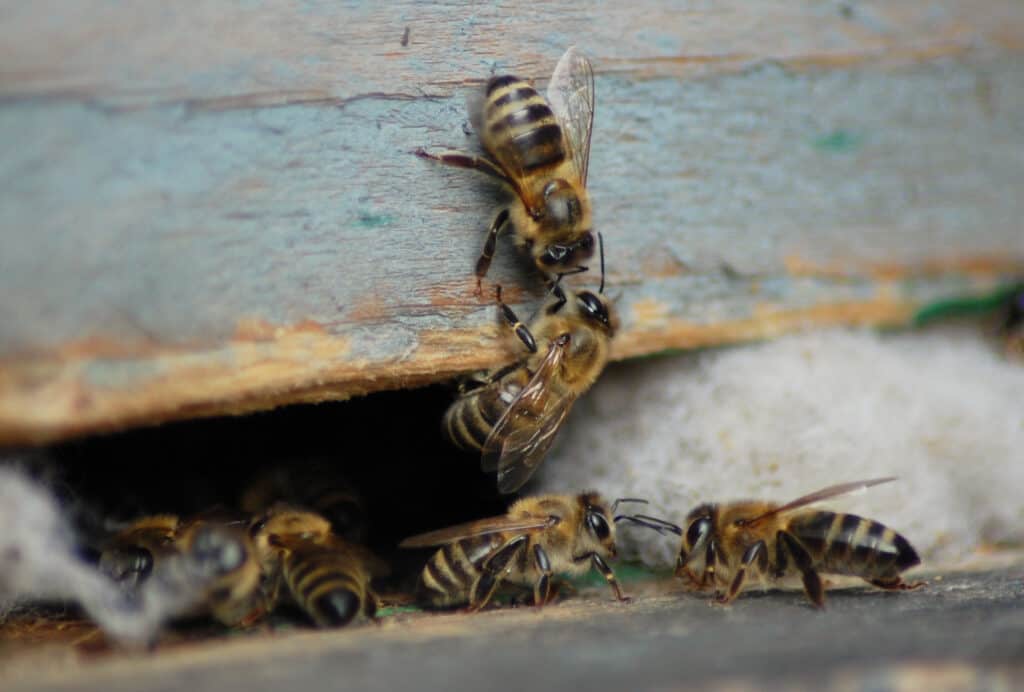
Parasites and diseases are major threats to honeybees and their hives. One of the most destructive parasites of honeybees is the Varroa mite. These tiny mites attach themselves to the bees and feed on their blood, known as hemolymph. Not only do they weaken and shorten the life of the bees, but they also transmit harmful viruses that can decimate entire colonies.
Varroa mites are honey bee parasites pests that were first identified in Asia and have now spread to every continent except Antarctica. They are most commonly found in honeybee colonies, but can also be found on wild bees. The mites reproduce quickly and can spread rapidly, making them difficult to control. They are particularly harmful to honeybee colonies that are already stressed or weakened by other factors such as poor nutrition or exposure to pesticides.
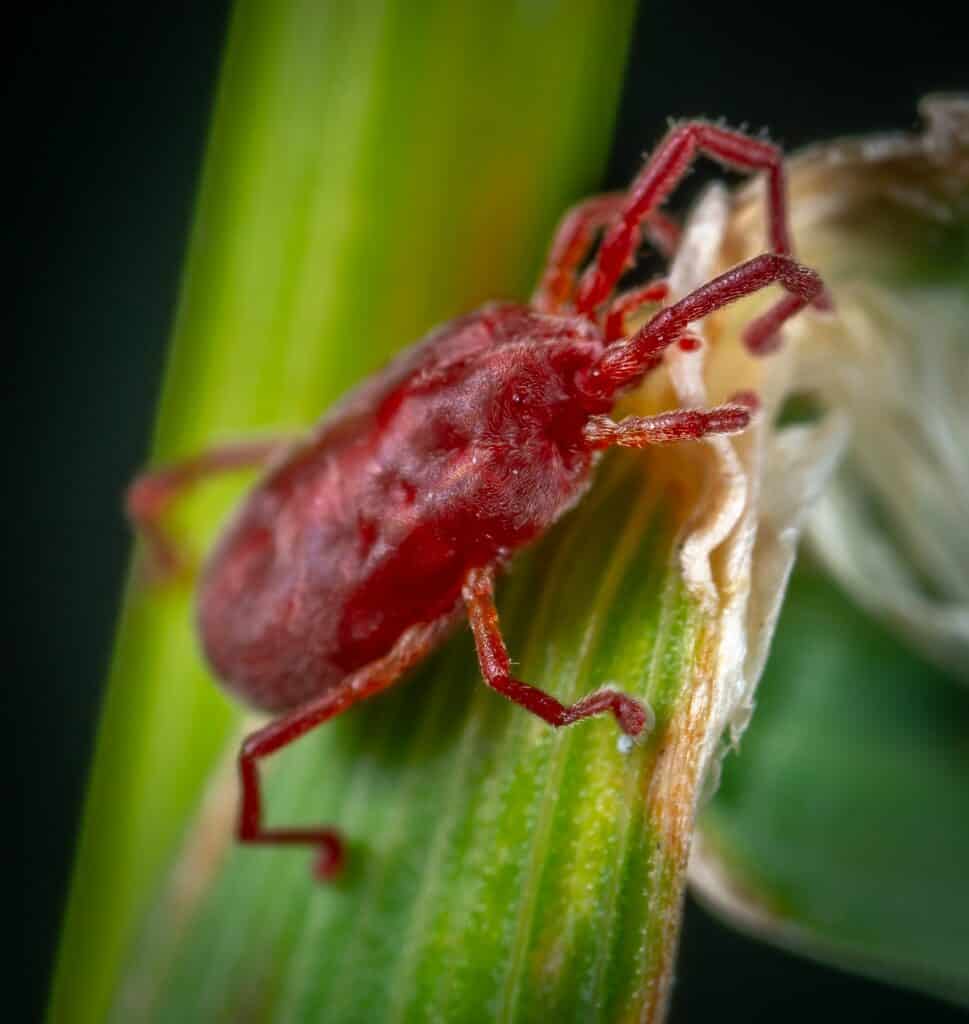
One of the most dangerous viruses transmitted by Varroa mites is the Deformed Wing Virus (DWV). DWV attacks the bees’ wings, causing them to become deformed and making it difficult for them to fly. This makes the bees more vulnerable to predators and reduces their ability to forage for food and pollinate plants. DWV can also spread to the entire colony, causing widespread damage and death.
Another common parasite of honeybees is the Wax moth. Wax moths are small insects that lay their eggs in the wax comb of the beehive. The larvae then hatch and consume the wax, causing damage to the comb and making it difficult for the bees to store honey and rear their young. Wax moths can also spread disease and bacteria, further weakening the colony.
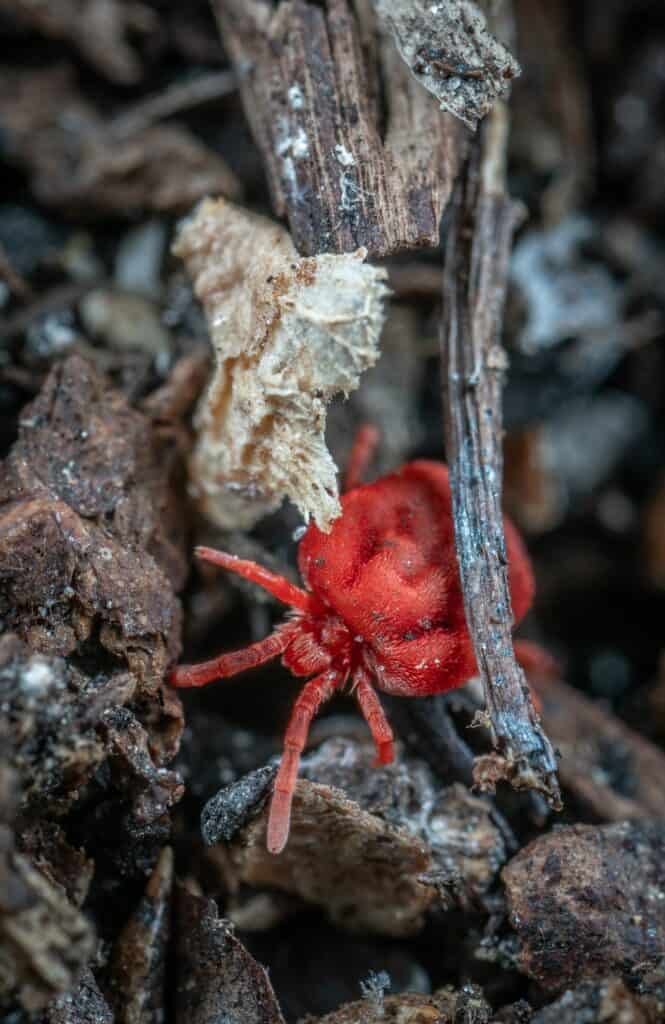
Small hive beetles are another pest that can infest beehives. These beetles lay their eggs in the hive and the larvae feed on the beeswax, pollen, and honey. They can also tunnel through the comb, causing structural damage to the hive. Like Varroa mites and Wax moths, small hive beetles can also spread disease and bacteria, further weakening the colony.
To control these pests, beekeepers use a variety of methods such as using pesticides, creating screened bottom boards, trapping, and using essential oils. However, these methods can also harm the bees and their hives if not used properly. Furthermore, many pests have developed resistance to pesticides, making them less effective.
One of the most effective ways to control Varroa mites is through Integrated Pest Management (IPM). IPM is a holistic approach that involves using a combination of methods such as monitoring the mite population, using biological controls, and selective breeding of bees that are resistant to Varroa mites.
In conclusion, the Varroa mite, Wax moths, small hive beetles, and other pests can cause significant damage to honeybee colonies, making it difficult for the bees to survive and thrive. Beekeepers must be vigilant in monitoring these pests and implementing control measures to protect their colonies. However, it is also important to use methods that are safe for the bees and their hives and that take into consideration the long-term health of the colony and the environment.
How do bees protect themselves from predators?
Bees are an essential part of our ecosystem, playing a vital role in pollination and helping to maintain the balance of our environment. However, despite their small size, bees face many threats in the wild, including predators. To defend themselves and their colony, bees have developed a range of defence mechanisms, from stinging to mobbing and fleeing.
One of the most well-known ways that bees defend themselves is through stinging. Honeybees, bumblebees, and some species of stingless bees have a stinger that they use to inject venom into predators or perceived threats. The venom can cause pain, swelling, and other reactions that deter predators from attacking the colony. Some species of bees can also sting repeatedly, which can be especially effective against larger predators.
Another way that bees protect themselves is through mobbing. When a predator is detected, bees can swarm around the predator, creating a ball or cluster of bees that can suffocate the predator or generate heat to cause it to overheat. This is often seen when honeybees detect a hornet or wasp near the hive, and they swarm around the predator to protect the colony.
Bees can also protect themselves by fleeing from danger. Some species of bees can fly at speeds of up to 15 miles per hour, which allows them to quickly escape predators. Other species may take cover inside the hive, using their bodies to block the entrance and prevent the predator from gaining access.
Finally, bees use chemical communication to alert other members of the colony to danger. When a bee stings, it releases a pheromone that signals to other bees that there is a threat. The other bees can then mobilize to defend the hive, using stinging or mobbing to protect their home.
Overall, bees have a range of defence mechanisms that they use to protect themselves and their colony from predators. These mechanisms have evolved over millions of years and are highly effective at keeping the colony safe.

